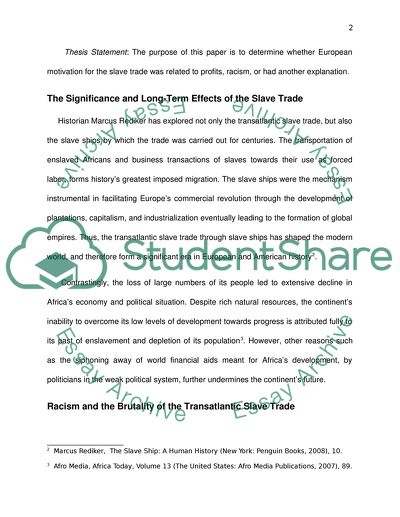Cite this document
(Slavery and the Atlantic Slave Trade Research Paper - 1, n.d.)
Slavery and the Atlantic Slave Trade Research Paper - 1. Retrieved from https://studentshare.org/history/1748174-slavery-and-the-atlantic-slave-trade
Slavery and the Atlantic Slave Trade Research Paper - 1. Retrieved from https://studentshare.org/history/1748174-slavery-and-the-atlantic-slave-trade
(Slavery and the Atlantic Slave Trade Research Paper - 1)
Slavery and the Atlantic Slave Trade Research Paper - 1. https://studentshare.org/history/1748174-slavery-and-the-atlantic-slave-trade.
Slavery and the Atlantic Slave Trade Research Paper - 1. https://studentshare.org/history/1748174-slavery-and-the-atlantic-slave-trade.
“Slavery and the Atlantic Slave Trade Research Paper - 1”, n.d. https://studentshare.org/history/1748174-slavery-and-the-atlantic-slave-trade.


